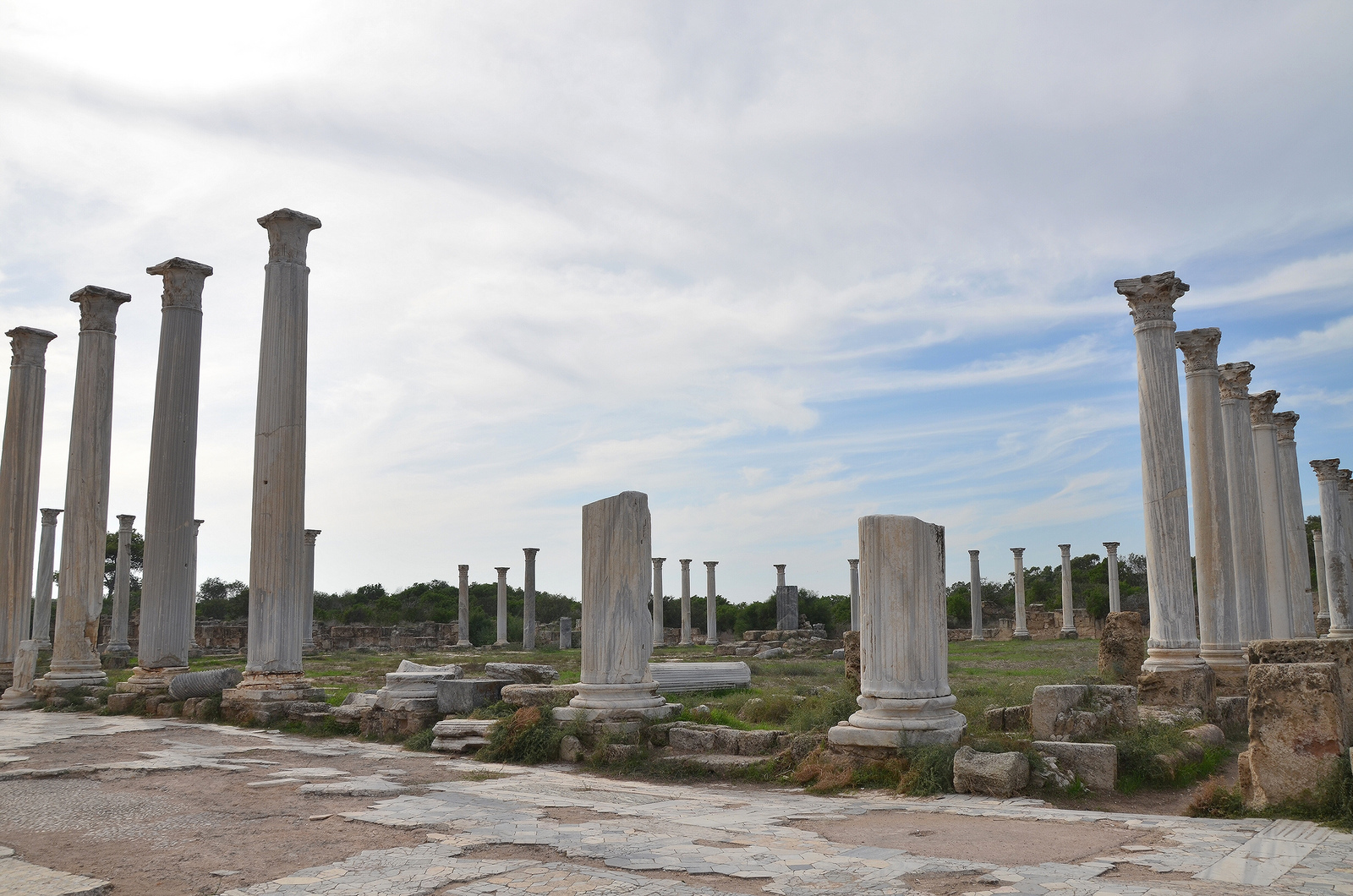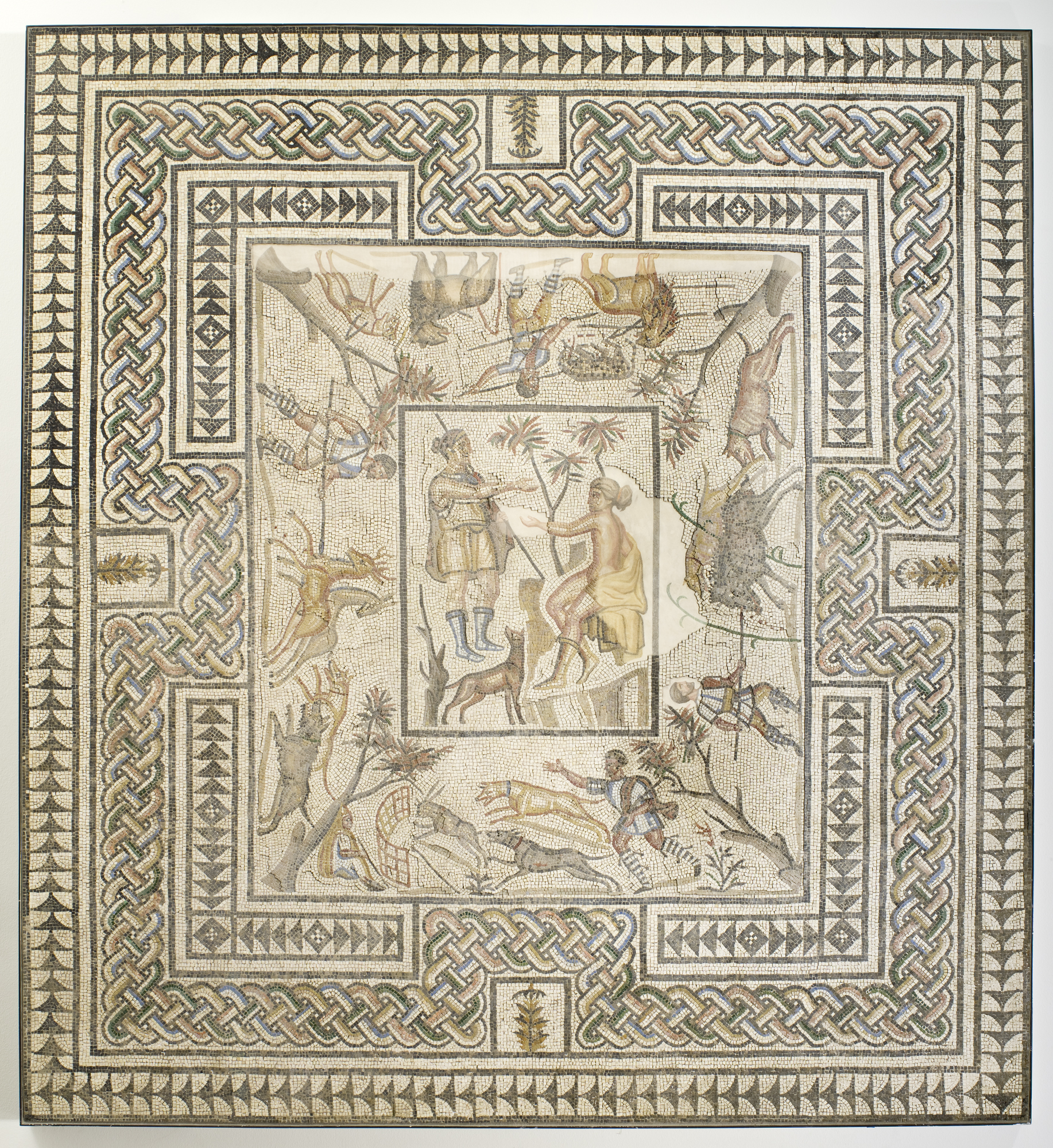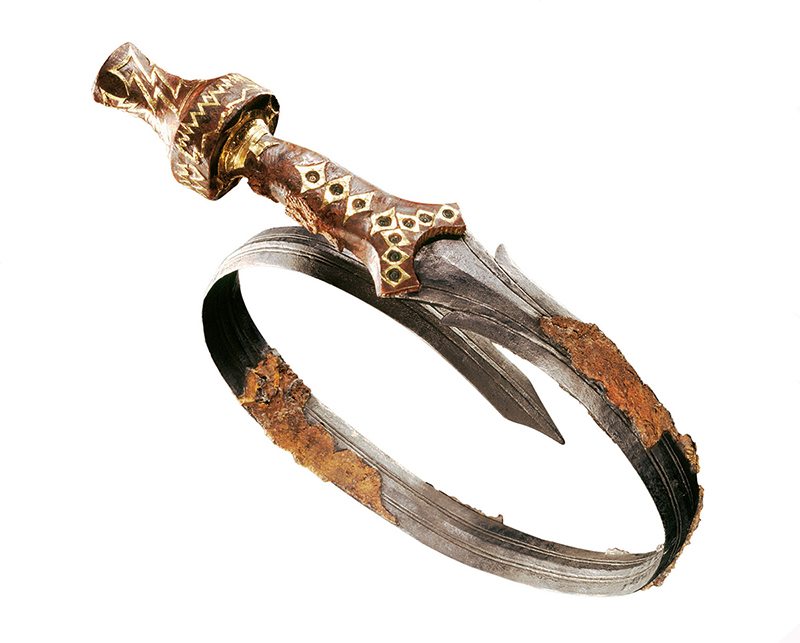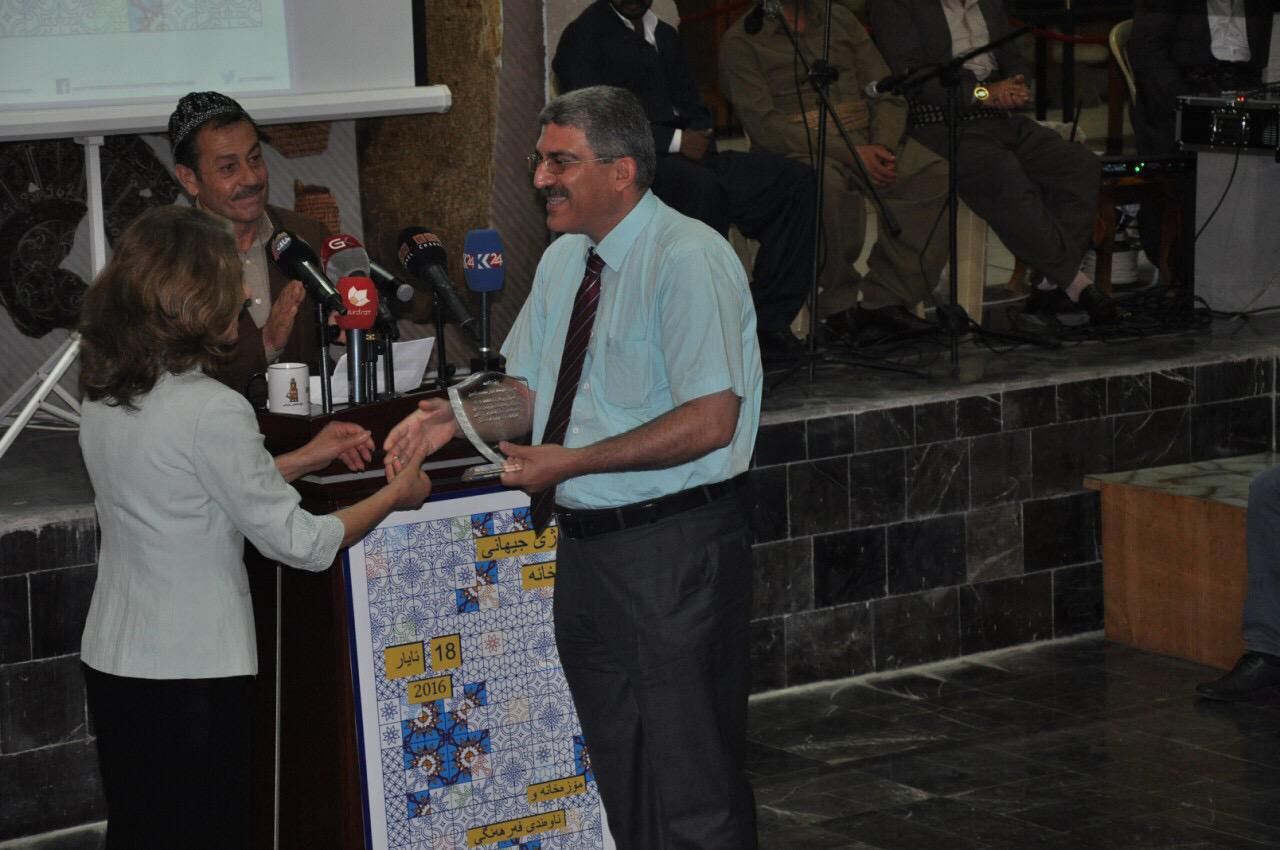Wandering Along the Colonnade of the Gymnasium of Salamis, Cyprus
Once a thriving port city on the island of Cyprus, the legendary birthplace of Aphrodite, Salamis offers a tantalizing glimpse into the vast history of the island. The ruins of the ancient city occupy an extensive area (one square mile) extending along the sea shore against the backdrop of sand dunes and a forest of acacias. According to ancient Greek tradition, Salamis was founded after the Trojan War by the archer Teukros, son of King Telamon, who came from the island of Salamis. Half-brother to the hero Ajax, Teukros was unable to return home from the war after failing to prevent his half-brother’ suicide, leading him to flee to Cyprus where he founded Salamis. After its legendary beginnings, Salamis later became one of the most important cities on the island and the seat of a powerful kingdom. Archaeologists believe that Salamis was first established by newcomers from the nearby site of Enkomi following the earthquake of 1075 BC. The city was subsequently controlled by the Persians until the arrival of Alexander the Great into Asia Minor. …









